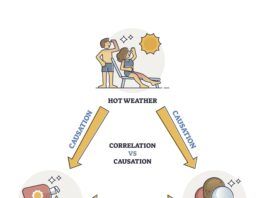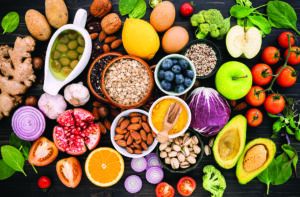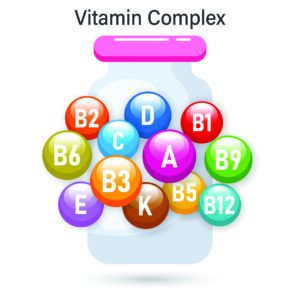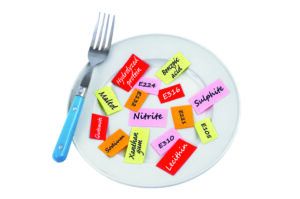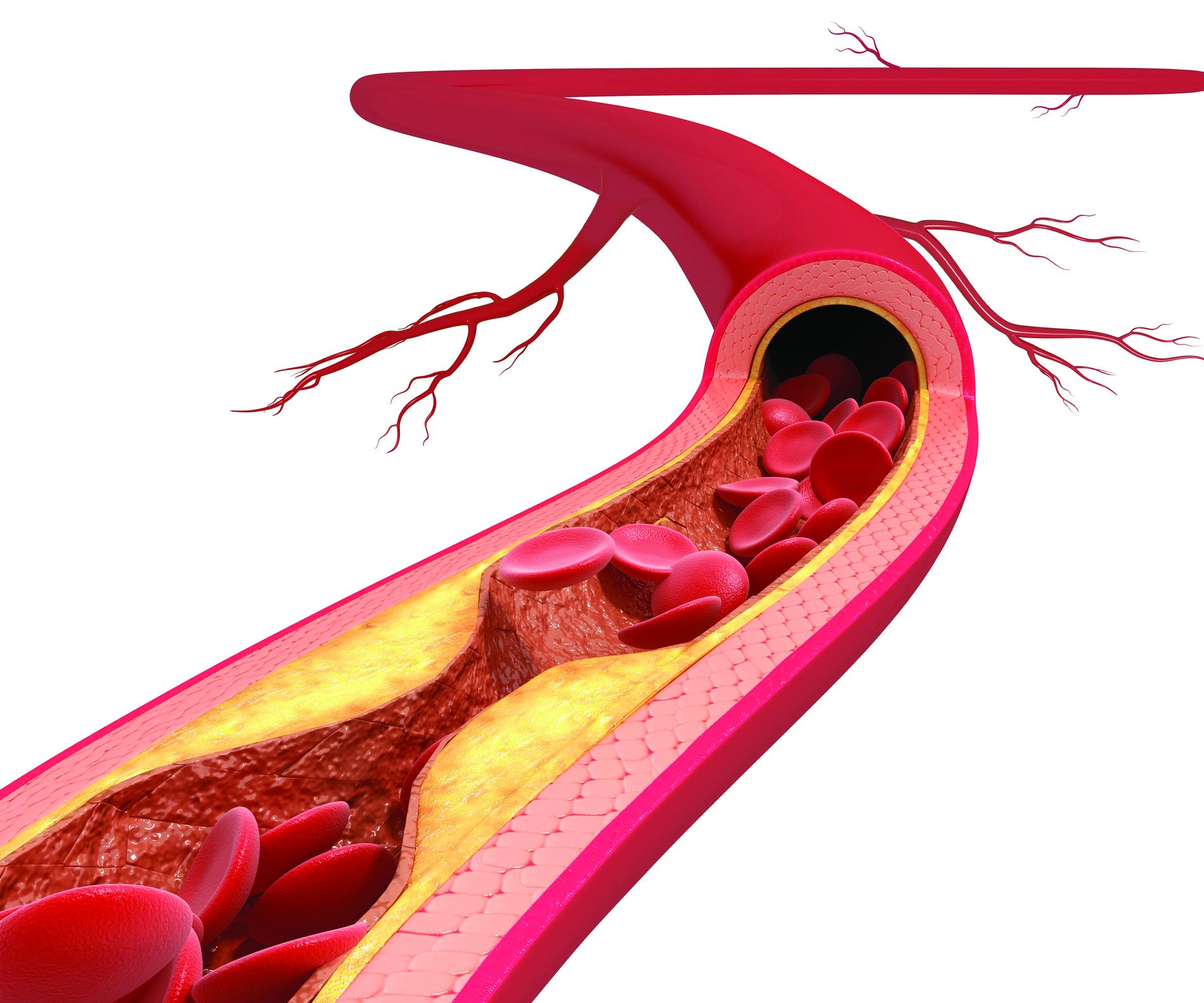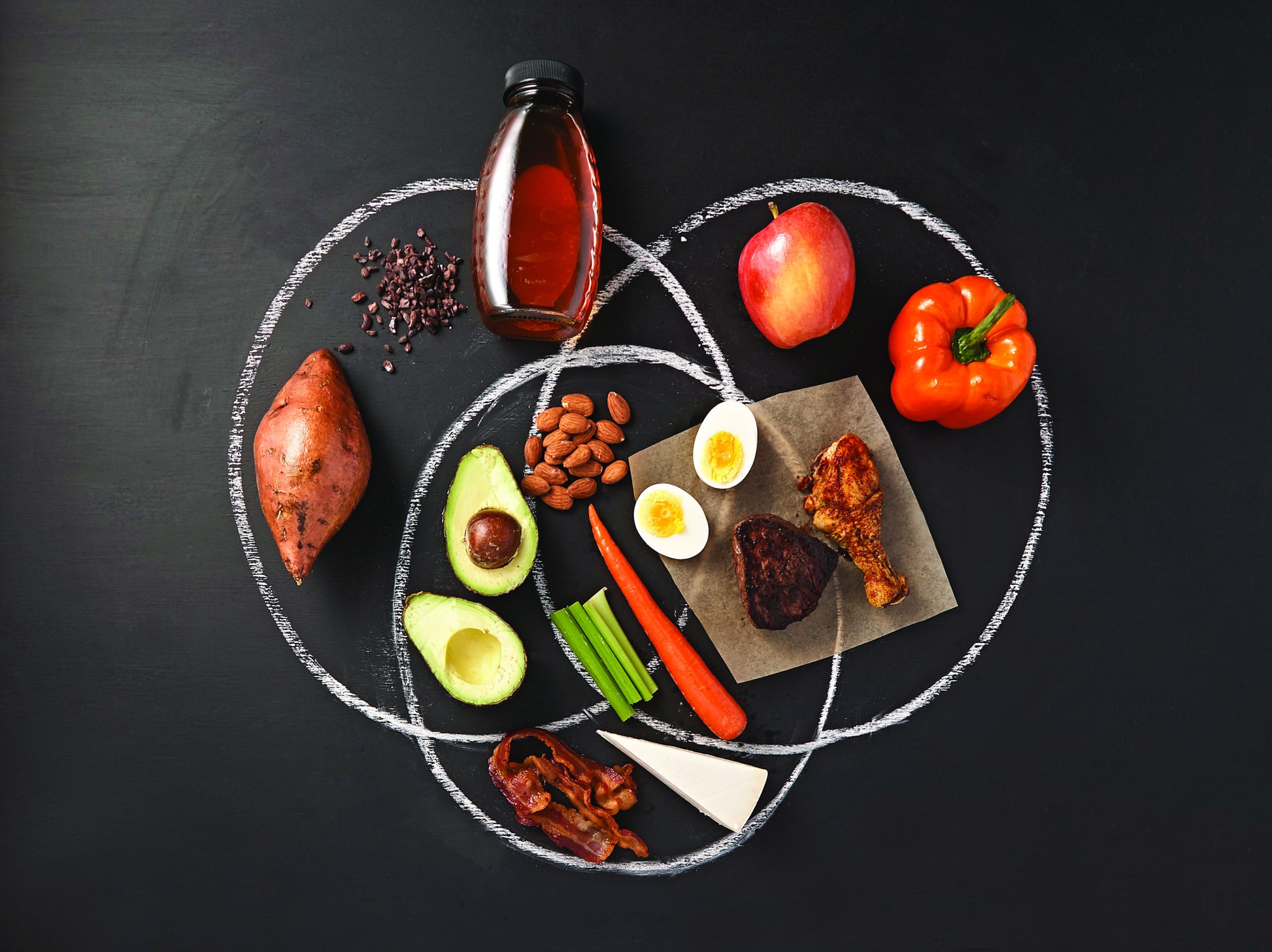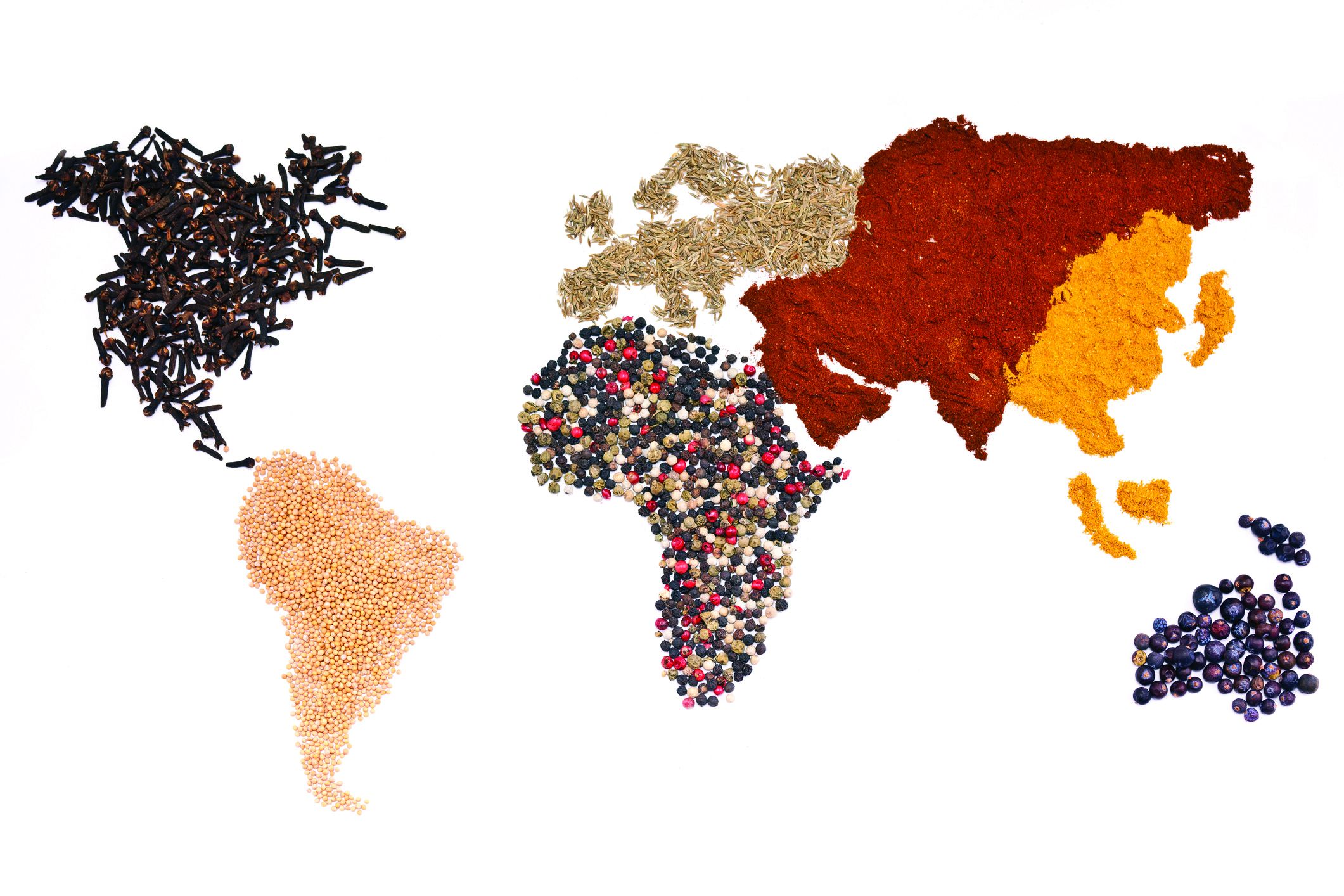The Facts About Sugar Substitutes
If you’ve eaten sweet-tasting products labelled “sugar-free,” “low-sugar,” or “diet,” you’ve likely eaten sugar substitutes. These non-caloric or low-calorie artificial sweeteners, plant-derived noncaloric sweeteners,...
Plant Power!
It’s indisputable: plant-based dietary patterns low in ultraprocessed foods are good for health. Unfortunately, nearly all of us could do with a lot more...
Eating Out? How to Avoid Ultraprocessed Foods
The evidence is mounting: diets high in ultraprocessed foods are associated with higher risk for chronic disease. On the other hand, it’s clear that...
Taking Care of Your Brain
We all misplace things and forget words now and then Minor changes in memory and thinking (known as cognitive decline) are a normal part...
Buying Seafood: Wild or Farm Raised?
The seafood counter can be a confusing place. Consumers may struggle to determine which fish, shellfish, and crustaceans are the “best” choices. The expert...
Vitamin Supplements: Yes, or No?
A 2023 survey found that 74 percent of U.S. adults take some kind of dietary supplement. Over 90 percent of these users believe such...
Five Ways to Identify Ultraprocessed Foods
The research is clear: a diet high in ultraprocessed foods is associated with higher risk for overweight, obesity, type 2 diabetes, and high blood...
Understanding Atherosclerosis
About half of Americans between the ages of 45 and 84 have some degree of atherosclerosis, and many don’t even know it. That’s worrisome...
Fad Diet 3 Fact-Check
Fad diets for weight loss have been around for centuries and they don’t seem to be going away. Many recommend restricting one or more...
Expand Your Plant Palate
Research is clear that consuming whole and minimally processed plant foods in place of refined carbohydrates, highly processed foods, and some of the usual...

























